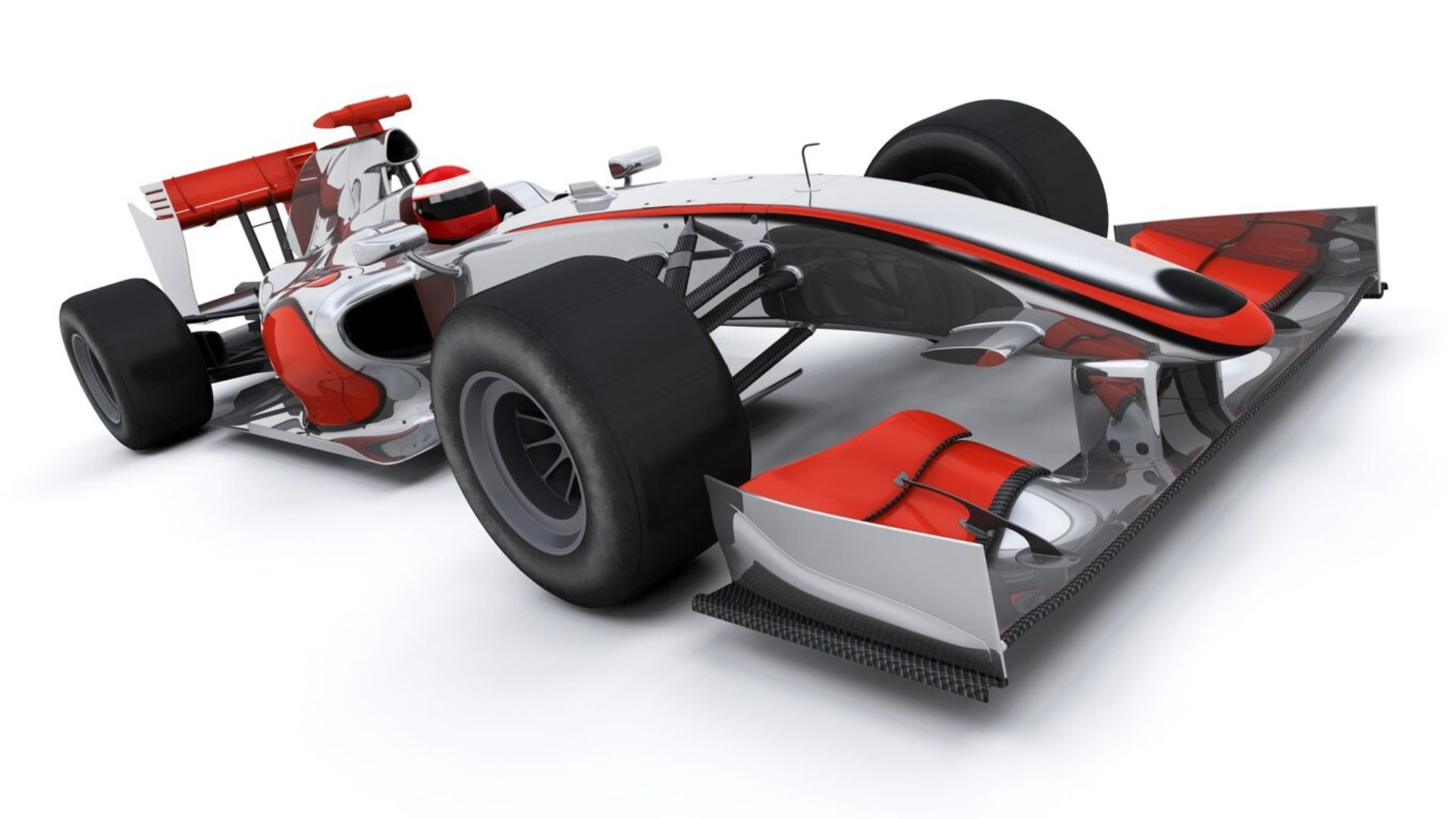In the dynamic world of kart racing, achieving peak performance involves a meticulous dance of adjustments and evaluations known as systematic testing. This article navigates through the intricacies of this art form, shedding light on how systematic testing contributes to fine-tuning a kart’s setup for optimal performance on the track.

Understanding the Basics
Systematic testing is the cornerstone of refining a kart’s setup, providing a structured approach to assess various components. This process involves making incremental changes to elements such as chassis, tires, gearing, alignment, and weight distribution while systematically evaluating the impact of each adjustment.
Preparation for Systematic Testing
Before embarking on systematic testing, a well-defined plan is crucial. This includes establishing clear objectives, identifying key areas for improvement, and ensuring that the testing environment mirrors the conditions expected during actual races. Attention to detail in preparation lays the groundwork for meaningful and actionable insights.
Unveiling the Responsive Backbone
In the realm of kart racing, the chassis serves as the foundational element for performance. Systematic testing of chassis dynamics involves tweaking parameters such as stiffness, width, and height. Incremental adjustments are made to assess how these changes influence the kart’s responsiveness in different scenarios, particularly during tight corners or high-speed straights.
The Grip Conundrum
Tire pressures play a pivotal role in a kart’s grip and handling. Systematic testing of tire pressures involves carefully monitoring and adjusting them based on track conditions. By systematically varying pressures, teams can gauge the impact on traction, cornering ability, and overall stability, optimizing the kart’s performance for different race scenarios.
Navigating the Power Band
Gearing is a critical component influencing a kart’s acceleration and top speed. Methodical testing in this domain involves experimenting with different gear ratios. By methodically changing gearing setups and evaluating their impact on the kart’s power band, teams can identify the optimal configuration that maximizes acceleration while ensuring the engine operates within its most efficient range.
Steering Toward Perfection
Systematic testing of kart alignment delves into parameters such as camber, caster, and toe. Incremental adjustments are made to these alignment factors, and their effects on stability, responsiveness, and cornering behavior are methodically observed. Achieving precision in alignment through methodical testing is crucial for ensuring the kart handles predictably and optimally on the track.
The Balancing Act
Systematic testing extends to weight distribution, a dynamic aspect of kart setup. By systematically shifting weight between the front and rear, as well as left and right, teams can fine-tune the kart’s handling characteristics. Rigorous testing helps strike the right balance, optimizing traction, stability, and responsiveness during different phases of racing.
Translating Theory into Reality
The real litmus test for systematic testing occurs on the track. Drivers and mechanics collaborate closely during on-track testing, implementing the adjustments derived from methodical testing. Incremental changes allow for a methodical evaluation of the kart’s behavior in real-world racing conditions, providing valuable insights for further refinement.
Precision in Insights
In the contemporary era of kart racing, data acquisition systems play a pivotal role in methodical testing. Real-time telemetry data provides insights into crucial performance metrics. By analyzing data on lap times, throttle and brake inputs, and chassis behavior, teams gain a nuanced understanding of how systematic adjustments translate into quantifiable improvements or challenges.
Dynamic Testing Scenarios
Systematic testing isn’t a static process; it’s adaptable to varying track conditions. Teams must systematically test and adjust the kart setup based on factors such as temperature, surface grip, and track layout. Successful methodical testing involves recognizing the dynamic nature of racing environments and making swift, informed adjustments.
The Human Element in Systematic Testing
While data is invaluable, the human element remains irreplaceable in methodical testing. A skilled driver’s feedback during on-track testing provides nuanced insights into the kart’s behavior. Effective communication between the driver and the testing team is essential for making informed, real-time adjustments that align with the driver’s preferences and racing style.
Conclusion
In conclusion, the art of systematic testing is an intricate dance that harmonizes theory, precision, and adaptability. Kart racing enthusiasts and teams must embrace systematic testing as a dynamic and iterative process. By systematically evaluating and fine-tuning chassis dynamics, tire pressures, gearing, alignment, weight distribution, and adaptability to track conditions, teams can unlock the full potential of their karts. Systematic testing is not just a methodology; it’s an ongoing journey of optimization, translating theoretical adjustments into real-world victories on the racing circuit.

